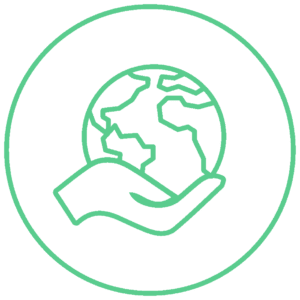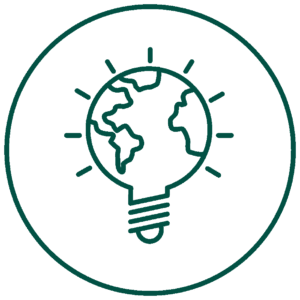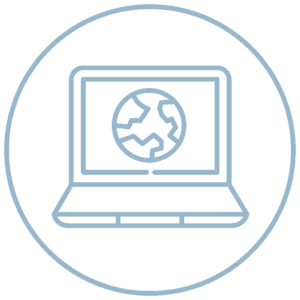Client Case
L’Oréal La Roche-Posay
Supply Chain Transparency & Consumer Engagement


CASE STUDY
L’Oréal is the global leader in Cosmetics, a leader in Digital Transformation, and a strong mover in Sustainability, with many initiatives to tackle its environmental footprint, starting with Carbon emissions, with many recognitions of its commitments regarding Scope 1 and 2, and serious moves to tackle scope 3 that represent more than 90% of the total.
The goal of our 6 months Transformation Program was to support the launch of a internal Technology Incubator to accelerate Transformation, Impact Labs focusing on Impact Solutions, with two distinct Cases to tackle Scope 3 Emissions – both upstream with sourcing partners, and downstream with the empowerment of the end consumer to take is share of the emissions reduction.
From Strategy definition to Technology Scouting, running RFPs and implementing pilots, we have supported the end-to-end process until live.
Industry
Cosmetics
Clients
2 Billions Consumers World Wide
Location
Worldwide
Driving supply chain transparency and empowering consumers to reduce environmental impact through digital innovation
L’Oréal wanted to go beyond traditional sustainability efforts and tackle its Scope 3 emissions, which make up over 90% of its total carbon footprint. The challenge? Achieving full supply chain transparency from raw materials to finished products, while also empowering consumers to take part in reducing their environmental impact – using digital technologies in a sector where this had never been done at scale before.
Strategy definition for end-to-end Supply Chain Transparency
We have devised with the L’Oréal Beauty Tech team for a Technology Strategy that would fit the Sustainability Goals of the Group, with a focus on how to tackle Scope 3 Emissions challenge – both upstream & downstream. After clarification of the scope & goals, from Ingredients Transparency to Social Inclusion & Consumer footprint reduction, and the first Brand chosen for the Pilot (La Roche Posay), we have advised for the Technology choices, the Make or Buy strategy, the Operating Model, the Team design, and the roadmap.
The project pioneered Technologies used for the first time in the Cosmetic Industry with the objectives to provide full Supply Chain Transparency, reduce Waste & Carbon footprints.

Finding the Technology stack & partners to enable Transparency & Engagement
After having understood the existing Supply Chain constraints and Transparency goals, we conducted an analysis for the Technologies that might be used, mapping them and scouting for the most promising ones.
Several Technology layers have been used: Blockchain to store secure and share information across the Supply Chain, Serialized QR codes generation to create a unique Digital Identity , Consumer eXperience Redirector, and Front-end Technologies compatible with the Technology Stack already in place at L’Oreal…
Several Tech Integrators & Developers have also been used for the Pilot: Professional Services of selected Technologies, cross-functional internal IT talent, and adhoc developer team, all into an « Acceleration Team » delivering bi-weekly sprints, using Agile Methodology, until MVP (Minimum Viable Product).

Digitalizing the User eXperience to trigger more responsible Consumption
In the end, we could deliver a radically enhanced Digital User eXperience (UX) connected to each individual product (not SKU level, each real unique product out of millions produced for this range) to help Consumer take their own share of the reduction journey, giving access to important information to let him/her understand:
- the environmental footprint of this product in his/her hands (focus on Carbon)
- the responsible sourcing and safety of the ingredients of this product (which ingredients, from where and when, the environmental footprint and social considerations associated)
- the efficiency of the operations for this product (Net Zero Factories fueled by a mix of renewable energy)
- and how the recycle the product at the end of its life (separating the elements of the product for proper disposal & recycling)
The Technology choices allowed for rapid Prototyping, but also to anticipate large scale industrialization, and those Technologies were touching both the Industry Operations and the Digital Consumer Experience.
A future Digital Sustainability platform for the whole Group.

More transparency, more efficiency, less carbon and environmental footprint
B2B: tracking of units throughout the supply chain, ability to accelerate product recall for consumer safety, but also the Environmental Footprint
B2C: higher consumer engagement and trust, positive impact on Consumer Footprint
PURPOSE
PEOPLE
PLANET

Strategy definition for end-to-end Supply Chain Transparency

Finding the Technology stack & partners to enable Transparency & Engagement

Digitalization the User eXperience to trigger more responsible Consumption

